Home>Articles>What Paint Is Suitable For Your Bathroom Ceiling


Articles
What Paint Is Suitable For Your Bathroom Ceiling
Modified: December 7, 2023
Looking for articles about what paint to use for your bathroom ceiling? Explore our helpful guide to find the best options for a durable and moisture-resistant finish.
(Many of the links in this article redirect to a specific reviewed product. Your purchase of these products through affiliate links helps to generate commission for Storables.com, at no extra cost. Learn more)
Introduction:
When it comes to painting the bathroom, we often focus on the walls and forget about one important surface – the ceiling. The bathroom ceiling is exposed to high levels of moisture and humidity, making it prone to mold and mildew growth. To protect and beautify your bathroom ceiling, choosing the right paint is crucial.
In this article, we will explore the factors to consider when selecting paint for your bathroom ceiling, as well as the different types of paint suitable for this specific area. We’ll also discuss the benefits of using specific paint types and provide application tips for a successful bathroom ceiling painting project.
So, if you’re ready to transform your bathroom ceiling and create a fresh, clean, and visually appealing space, let’s dive in and discover the best paint for your bathroom ceiling!
Key Takeaways:
- Choose the right paint for your bathroom ceiling by considering moisture resistance, stain resistance, sheen level, paint color, and compatibility with existing paint for a durable and visually appealing finish.
- Opt for water-based latex paint, anti-mold and mildew paint, or alkyd/oil-based paint for your bathroom ceiling, and follow proper application techniques to achieve a professional and long-lasting result.
Read more: What Kind Of Paint Is Suitable For Ceilings
Factors to consider when choosing paint for bathroom ceiling:
When selecting paint for your bathroom ceiling, there are several factors to keep in mind to ensure long-lasting results and a beautiful finish. Let’s explore these factors:
- Moisture and humidity resistance: The bathroom is a high-moisture environment, so it’s crucial to choose a paint that is specifically designed to withstand moisture and humidity. Look for paint labeled as “mold and mildew resistant” or “bathroom paint” to ensure durability.
- Stain and dirt resistance: Bathrooms can accumulate stains and dirt over time. Opt for a paint with good stain resistance, as this will make cleaning easier and maintain the ceiling’s appearance for longer.
- Sheen level: Consider the sheen level of the paint. High-gloss and semi-gloss finishes are more resistant to moisture and easier to clean, making them ideal for bathroom ceilings. However, if you prefer a more subtle look, you can choose a satin or eggshell finish.
- Paint color: The color you choose for your bathroom ceiling can greatly impact the overall ambiance of the space. Lighter colors can make the ceiling appear higher and give a sense of openness, while darker colors can create a more cozy and intimate atmosphere. Additionally, consider how the color will complement the rest of your bathroom’s decor.
- Compatibility with existing paint: If you’re repainting the bathroom ceiling, consider the compatibility of the new paint with the existing one. If you’re unsure, it’s a good idea to consult with a professional or conduct a small test patch before proceeding.
By taking these factors into account, you can select the perfect paint for your bathroom ceiling that not only looks great but also stands up to the unique challenges of moisture and humidity.
Types of paint suitable for bathroom ceilings:
Choosing the right type of paint for your bathroom ceiling is crucial to ensure longevity and resistance to moisture. Here are some of the top paint options that are suitable for bathroom ceilings:
- Latex or water-based paint: Latex or water-based paint is a popular choice for bathroom ceilings. It is easy to clean, dries quickly, and has low levels of volatile organic compounds (VOCs), making it environmentally friendly. Water-based paint also provides good moisture resistance, which is essential in a bathroom environment.
- Anti-mold and mildew paint: To combat the common issue of mold and mildew growth in bathrooms, using anti-mold and mildew paint is a smart choice. These specialized paints contain additives that inhibit the growth of mold and mildew, making them highly effective in preventing unsightly stains and odors on your bathroom ceiling.
- Alkyd or oil-based paint: Alkyd or oil-based paint is another option for bathroom ceilings. This type of paint provides excellent durability and moisture resistance. It is also known for its smooth finish and ability to hide imperfections on the ceiling surface. However, keep in mind that oil-based paints have a stronger odor and longer drying time compared to water-based paints.
- Stain-blocking primer: Before applying the final coat of paint, it’s a good idea to use a stain-blocking primer on your bathroom ceiling. This primer helps to seal any existing stains, discolorations, or water damage on the surface, ensuring a smooth and uniform paint application.
When selecting the type of paint for your bathroom ceiling, consider the level of moisture and humidity in your bathroom, as well as your personal preferences for finish and environmental impact. Remember to read the product labels and consult with professionals for their recommendations.
Now that we have explored the types of paint suitable for bathroom ceilings, let’s move on to the benefits of using specific paint types in the next section.
Use a semi-gloss or satin finish paint for bathroom ceilings. These finishes are durable and moisture-resistant, making them ideal for the high humidity and frequent cleaning that bathrooms require.
Benefits of using specific types of paint for bathroom ceilings:
Choosing the right type of paint for your bathroom ceiling not only ensures its durability but also provides several other benefits. Let’s explore the advantages of using specific types of paint:
- Latex or water-based paint: Water-based paint, such as latex, is easy to clean and maintain. It resists moisture and humidity, which is essential in a bathroom environment. Additionally, water-based paints have lower levels of VOCs, making them healthier for you and the environment.
- Anti-mold and mildew paint: One of the main challenges in bathroom ceilings is mold and mildew growth due to the high humidity levels. By using anti-mold and mildew paint, you can prevent the growth of these unsightly and potentially harmful organisms. This type of paint contains additives that inhibit mold and mildew growth, keeping your bathroom ceiling clean and safe.
- Alkyd or oil-based paint: Alkyd or oil-based paint is known for its durability and moisture resistance. It provides a strong protective barrier against moisture, ensuring that your bathroom ceiling stays in excellent condition for a longer time. Additionally, oil-based paint offers a smooth finish and excellent hiding properties, making it ideal for covering any imperfections on the ceiling surface.
- Stain-blocking primer: Applying a stain-blocking primer before painting your bathroom ceiling helps to seal any existing stains, discolorations, or water damage. This ensures that the final coat of paint adheres smoothly and evenly, giving you a flawless and professional-looking finish.
By using paint specifically designed for bathroom ceilings and addressing the challenges of moisture, mold, and mildew, you can enjoy a beautiful and long-lasting ceiling that enhances the visual appeal of your bathroom.
Now that we know the benefits of using specific types of paint for bathroom ceilings, let’s move on to some helpful application tips in the next section.
Application tips for painting bathroom ceilings:
Painting your bathroom ceiling may seem like a daunting task, but with the right approach and some helpful tips, you can achieve professional-looking results. Here are some application tips to ensure a successful bathroom ceiling painting project:
- Preparation is key: Before you start painting, ensure that the ceiling surface is clean, dry, and free of any peeling or flaking paint. Use a mild detergent and water to remove any dirt or grime. If needed, repair any cracks or imperfections with a suitable filler and sand it smooth.
- Protect the surrounding areas: Cover the bathroom fixtures, walls, and flooring with drop cloths or plastic sheets to protect them from any paint splatters or drips. Use painter’s tape to cover the edges of the walls and ensure clean lines.
- Use a primer: Applying a coat of primer before painting the ceiling can help improve the paint’s adhesion and ensure a smooth and even finish. Use a stain-blocking primer if there are any existing stains or discolorations.
- Choose the right tools: Use a high-quality paintbrush or roller suitable for the type of paint you’re using. A brush is ideal for cutting in the edges, while a roller can cover larger areas more efficiently. Consider using an extension pole for hard-to-reach areas, such as high ceilings.
- Apply multiple thin coats: Instead of applying one thick coat, it’s better to apply multiple thin coats of paint for better coverage and a smoother finish. Allow each coat to dry completely before applying the next one, following the manufacturer’s recommended drying time.
- Keep proper ventilation: Ensure that the bathroom is well-ventilated during the painting process and while the paint is drying. Open windows or use fans to improve airflow and help the paint dry faster. This also helps to reduce the buildup of moisture in the bathroom, which can affect the paint’s performance.
- Finishing touches: Once the final coat is dry, carefully remove the painter’s tape to reveal clean and crisp lines. Touch up any missed spots or imperfections with a small brush. Clean your brushes and rollers promptly after use to prolong their lifespan.
By following these application tips, you can achieve a professional-looking bathroom ceiling paint job and enjoy a fresh and visually appealing space.
Now that we have covered the application tips, let’s conclude our article with a summary.
Conclusion:
Painting the bathroom ceiling is an important aspect of creating a visually appealing and functional space. By choosing the right paint and following proper application techniques, you can protect your bathroom ceiling from moisture, mold, and mildew, while enhancing its overall aesthetics.
When selecting paint for your bathroom ceiling, consider factors such as moisture and humidity resistance, stain and dirt resistance, sheen level, paint color, and compatibility with existing paint. Water-based latex paint, anti-mold and mildew paint, and alkyd or oil-based paint are all suitable options for bathroom ceilings, each offering its own set of benefits.
Applying multiple thin coats, using suitable tools, and ensuring proper ventilation during the painting process are important steps to obtain a professional finish. Taking the time to properly prepare the surface, protect surrounding areas, and apply a primer can help to achieve long-lasting and flawless results.
With these tips in mind, you can transform your bathroom ceiling into a beautiful and durable focal point of your bathroom. Remember to consult with professionals if needed and always follow the instructions provided by the paint manufacturer.
So, go ahead and give your bathroom ceiling the attention it deserves. Choose the right paint, follow the application tips, and enjoy a fresh, clean, and visually appealing bathroom for years to come!
Frequently Asked Questions about What Paint Is Suitable For Your Bathroom Ceiling
Was this page helpful?
At Storables.com, we guarantee accurate and reliable information. Our content, validated by Expert Board Contributors, is crafted following stringent Editorial Policies. We're committed to providing you with well-researched, expert-backed insights for all your informational needs.
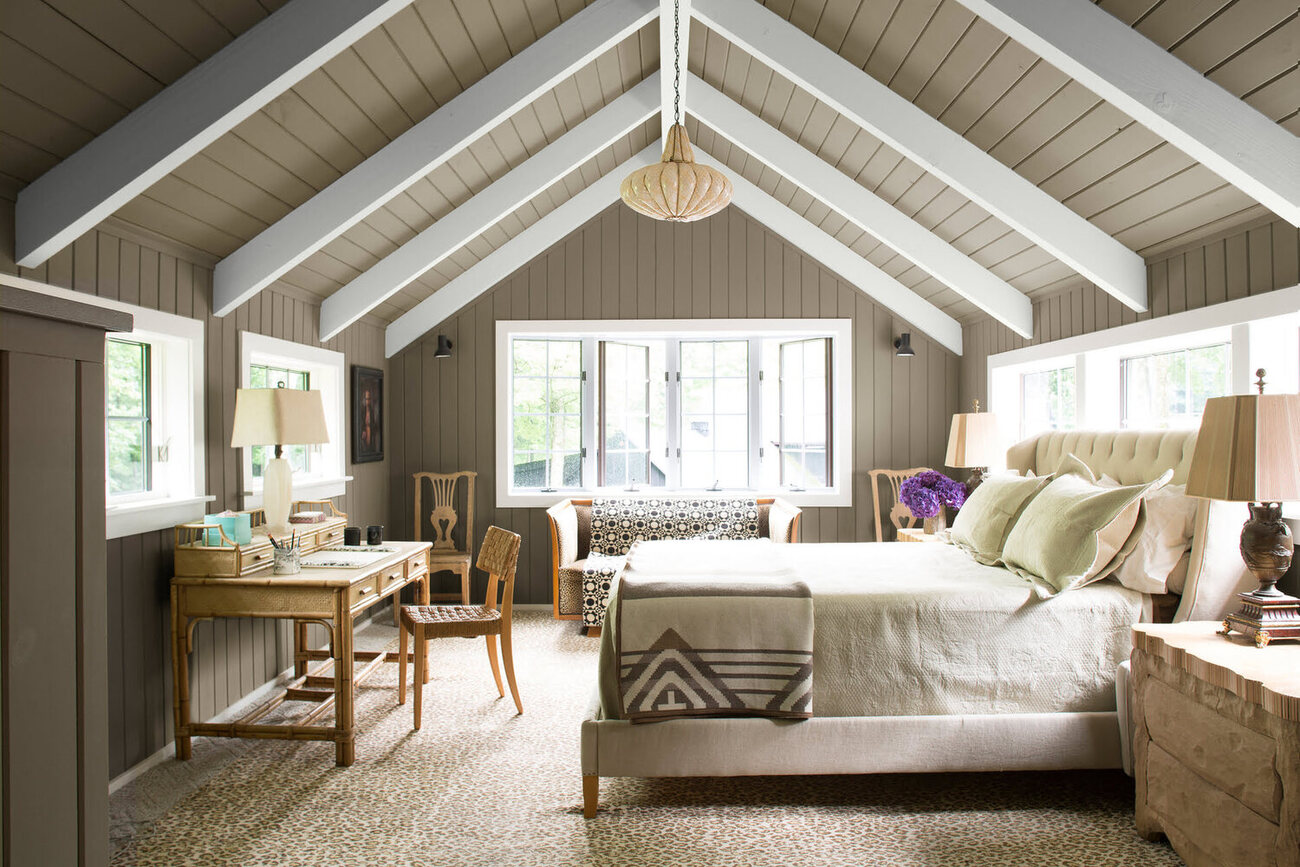
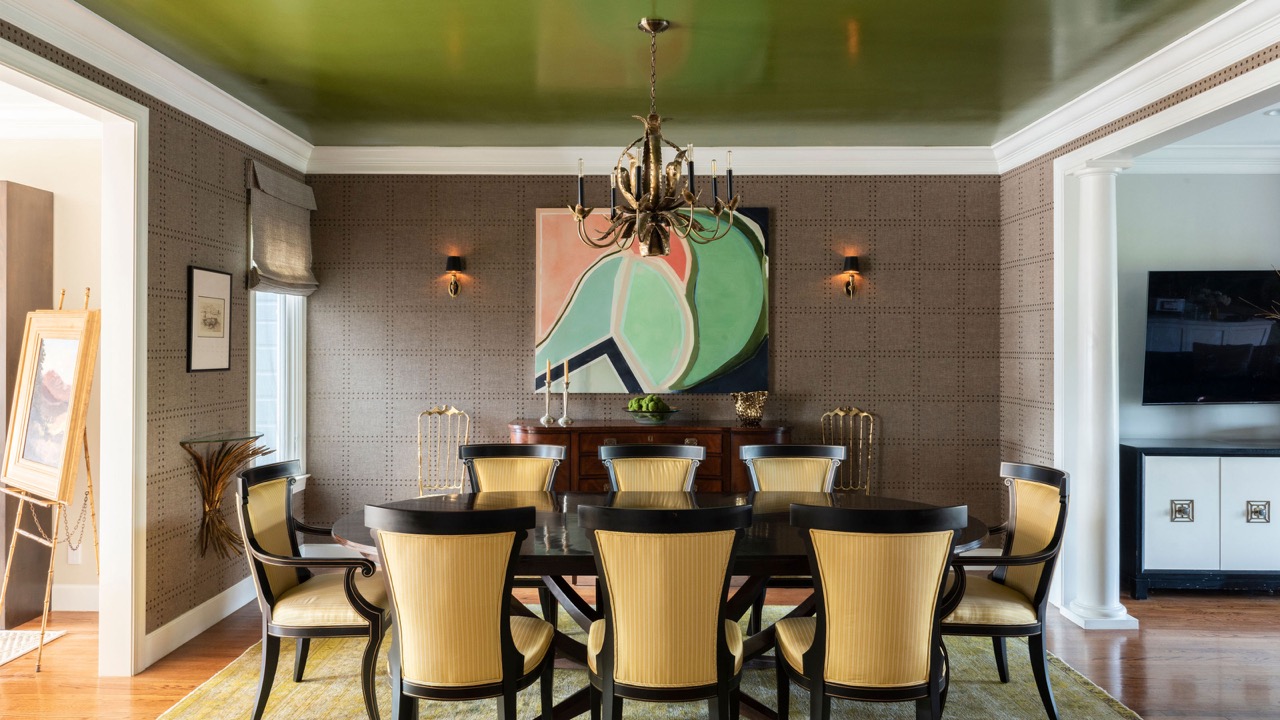
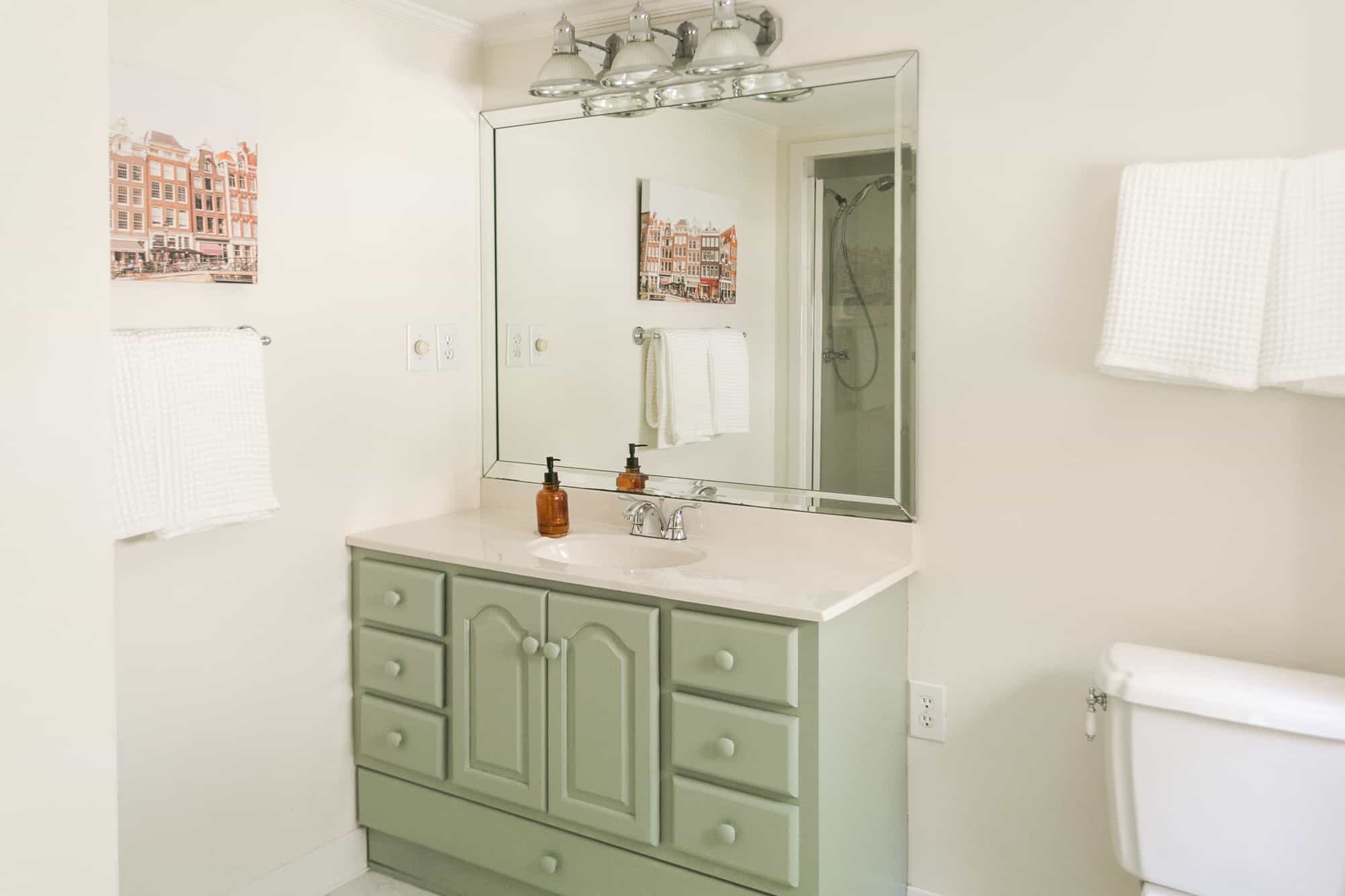
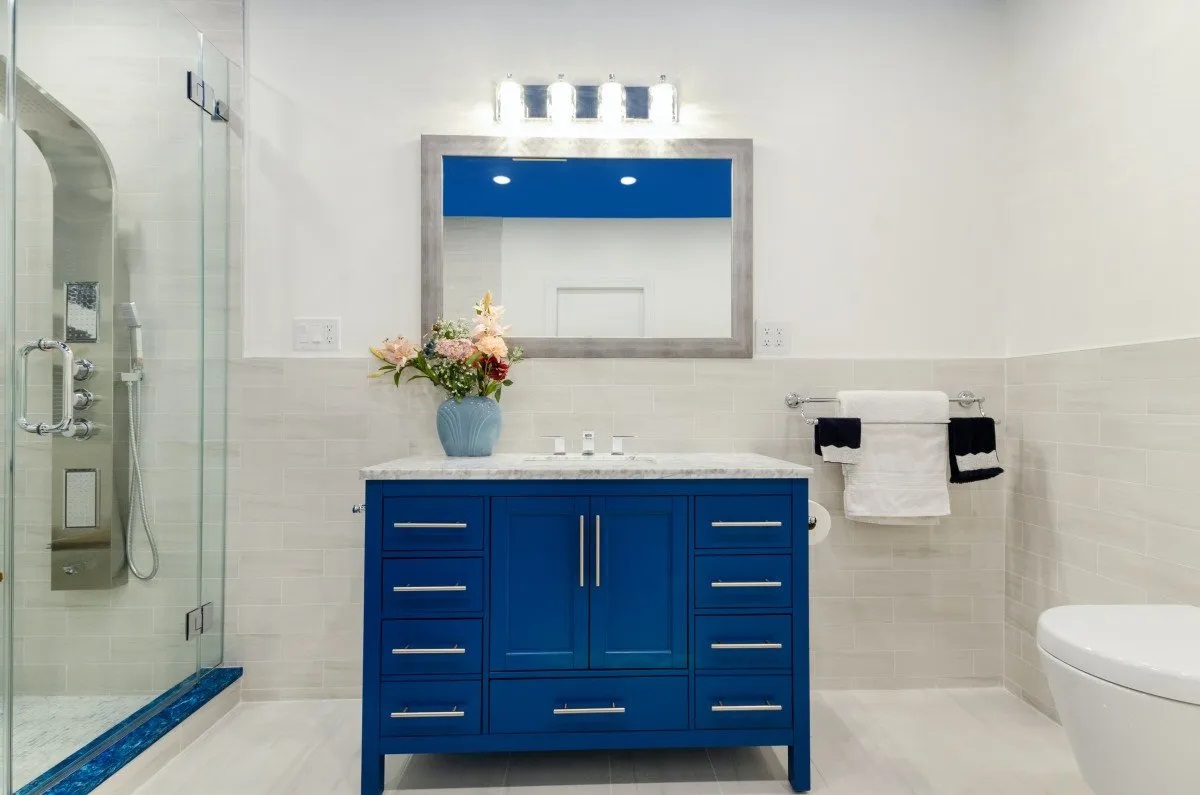
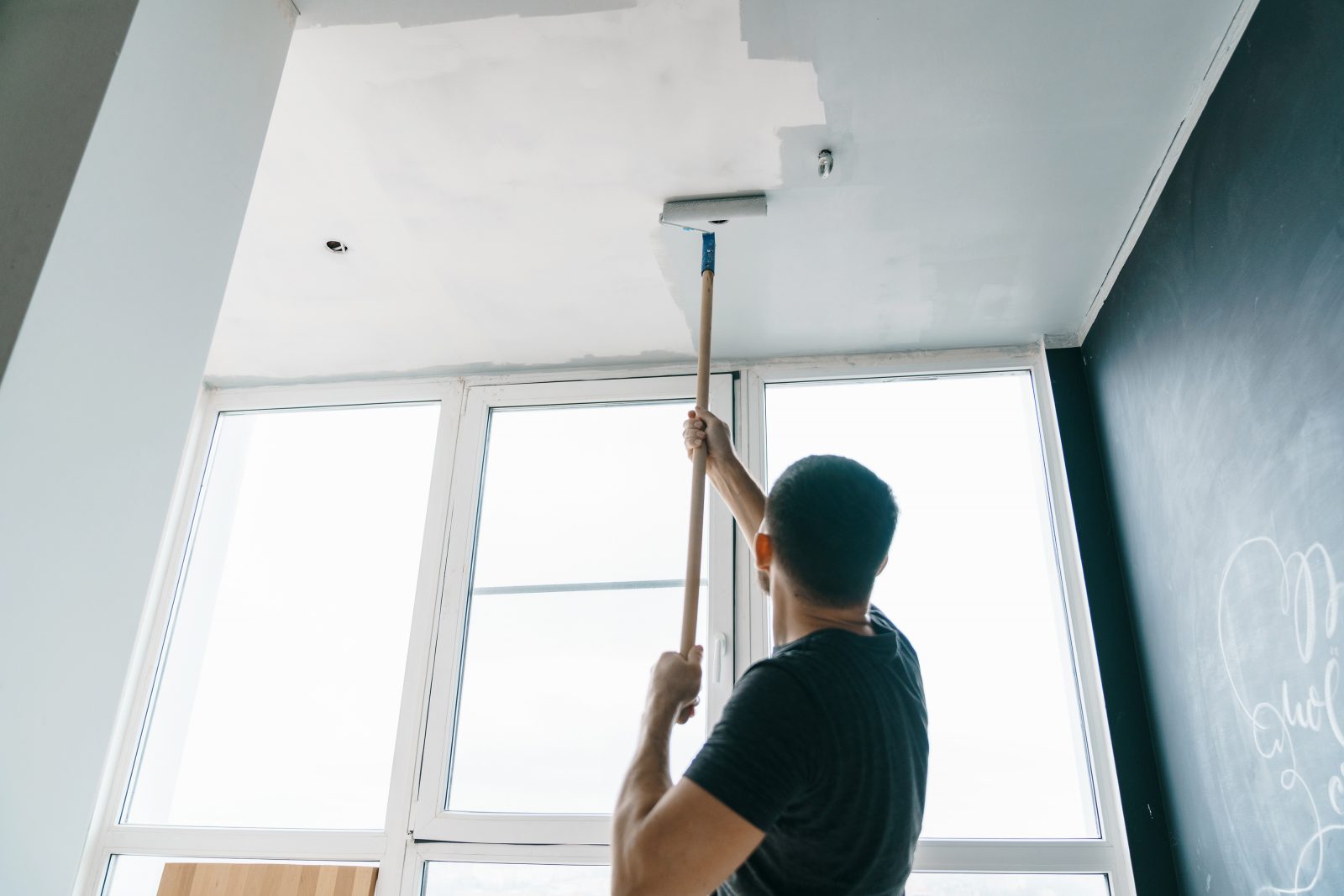
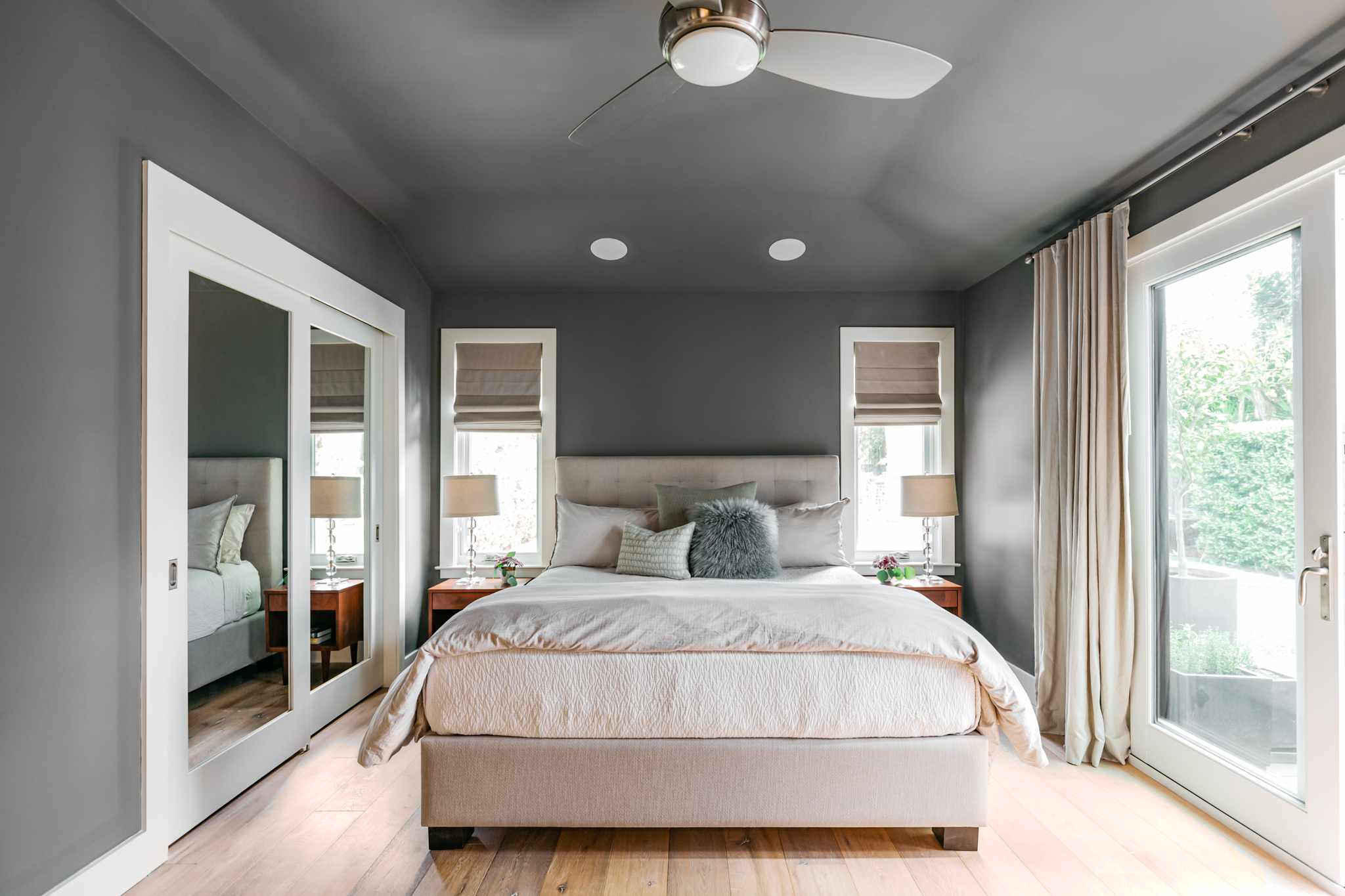
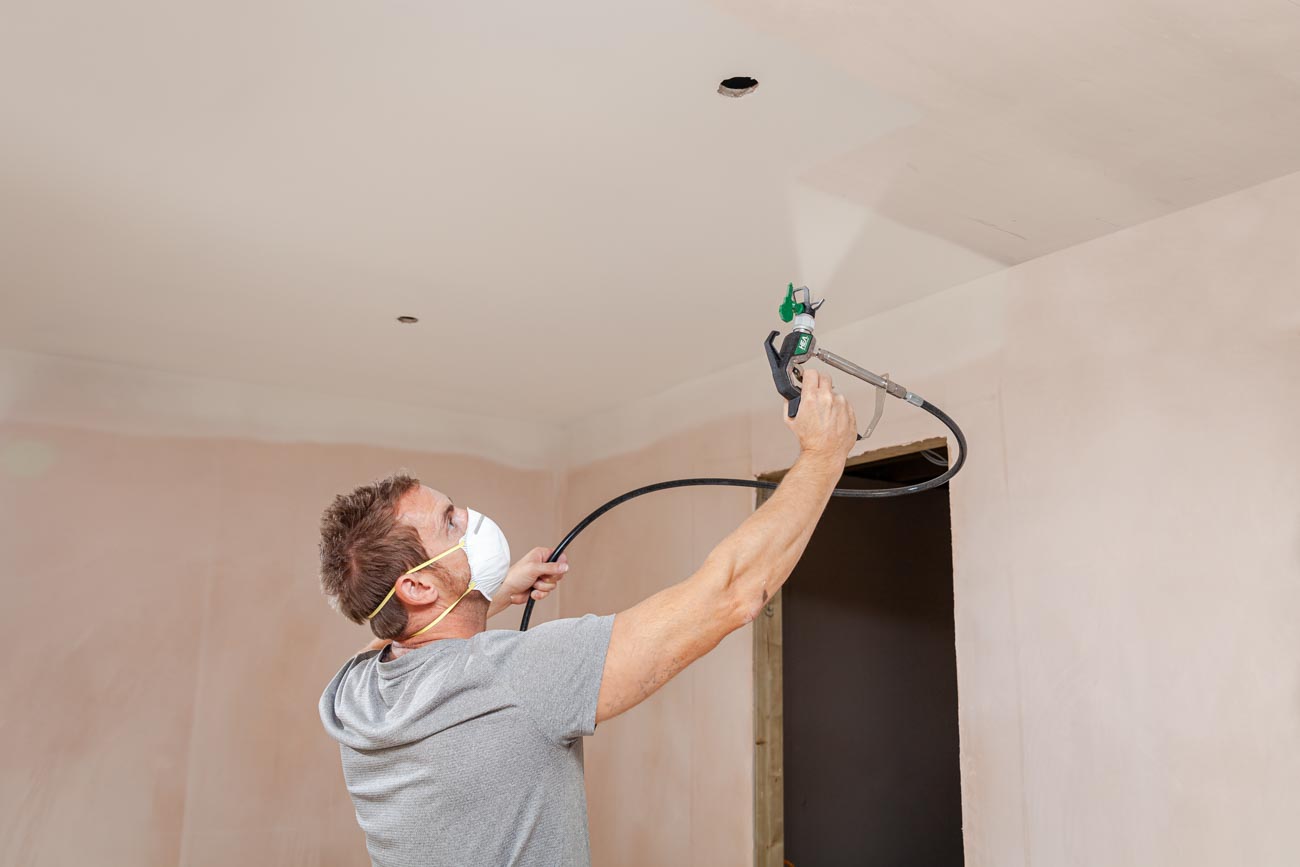
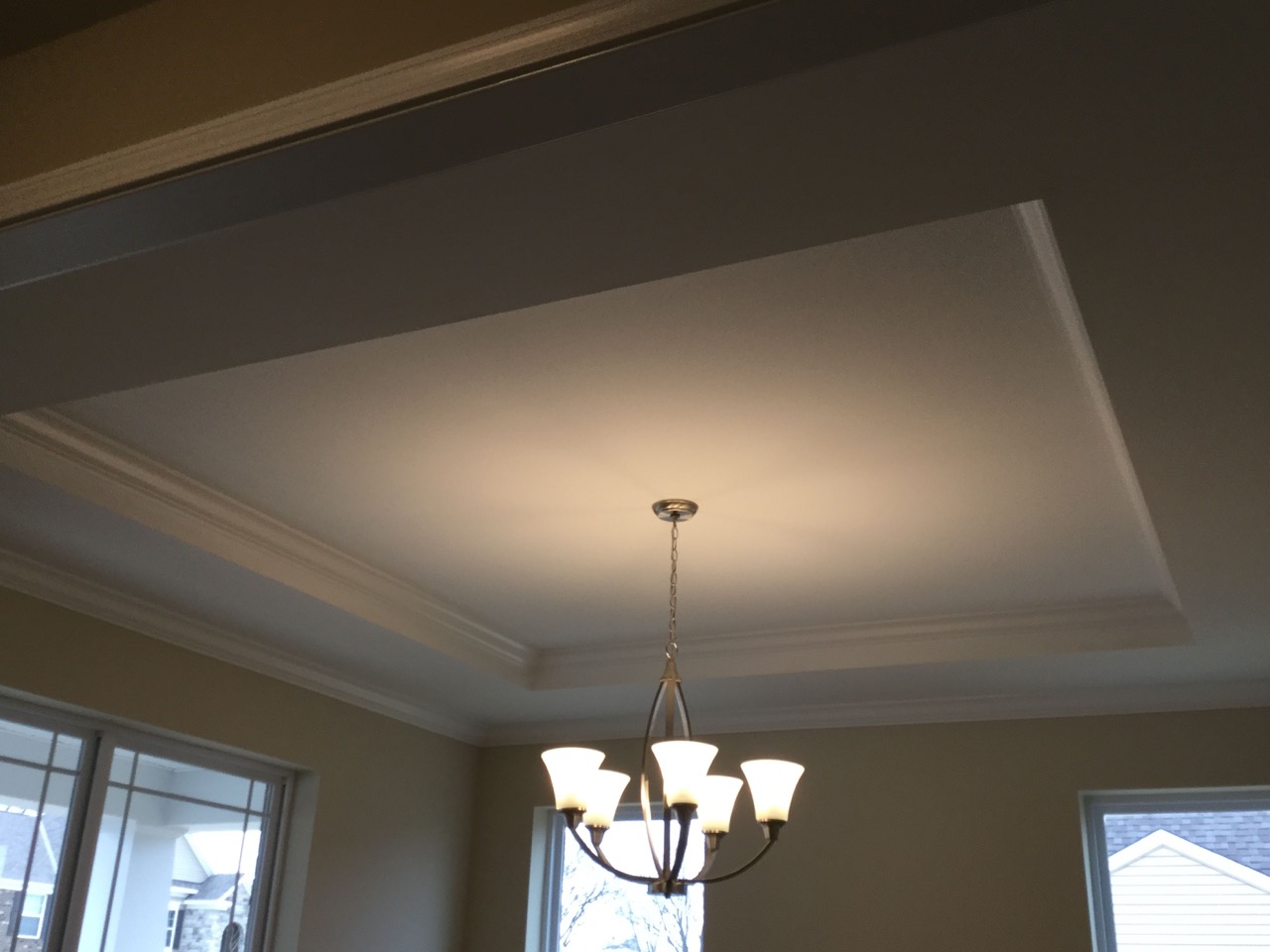
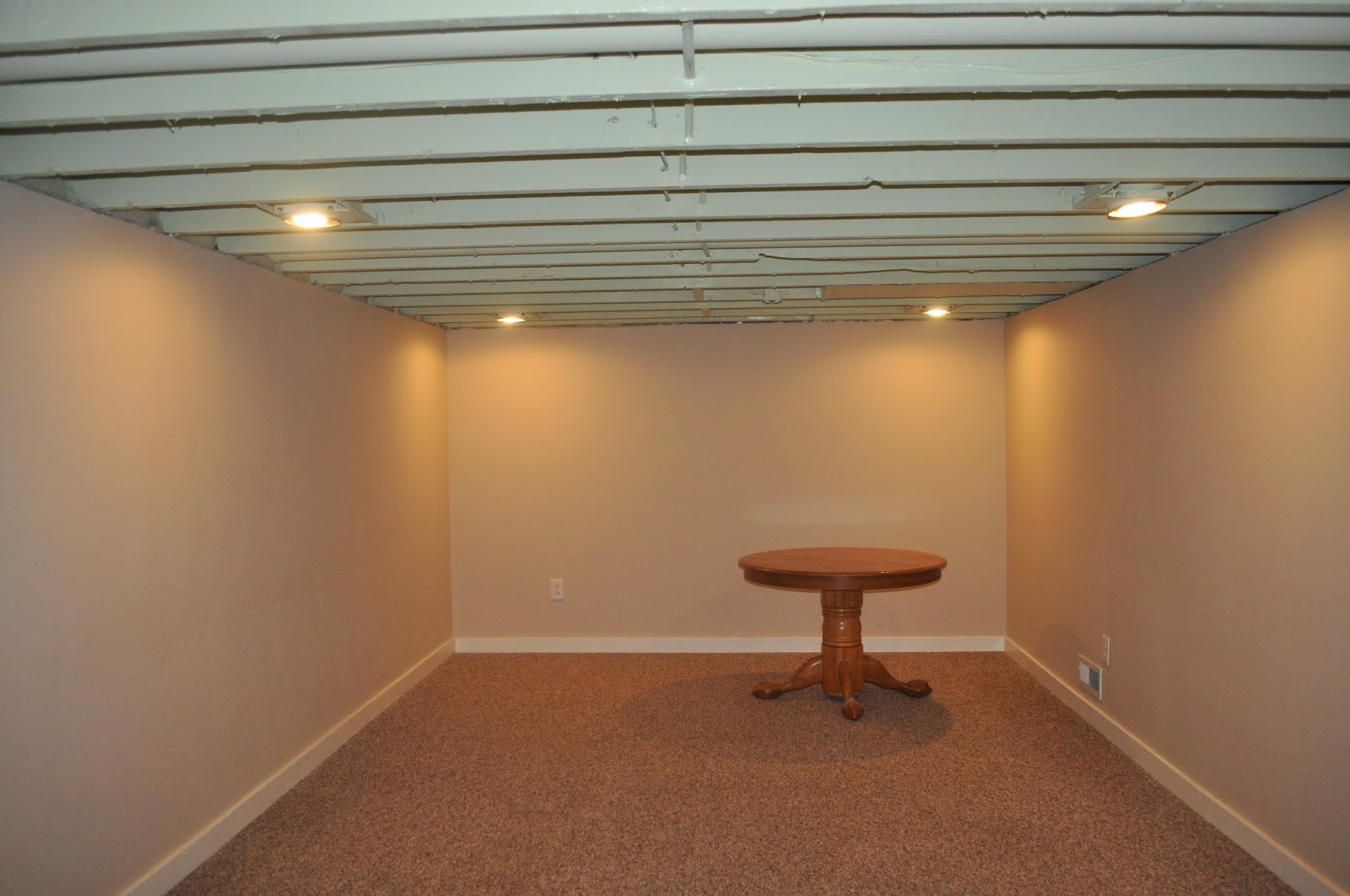
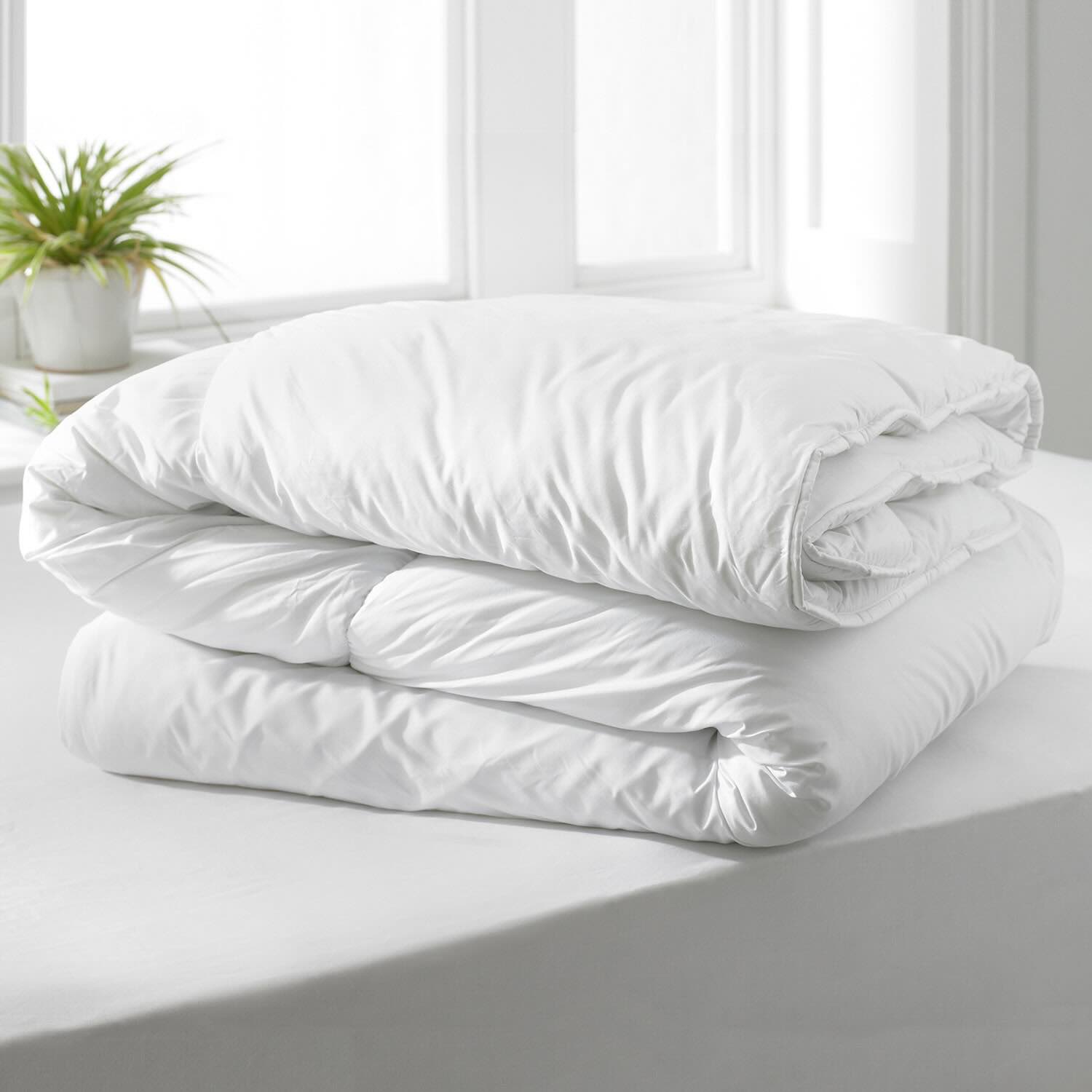
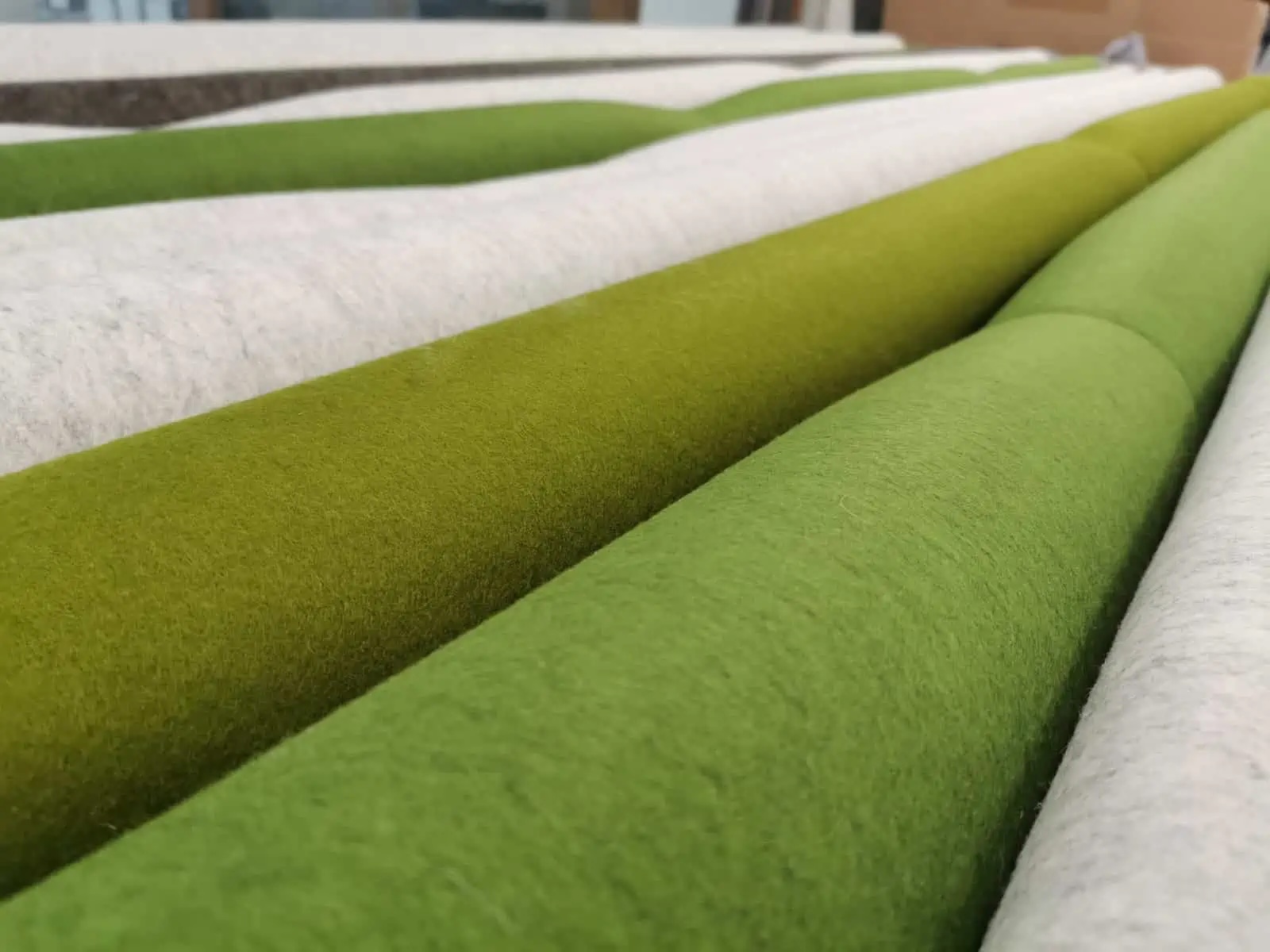
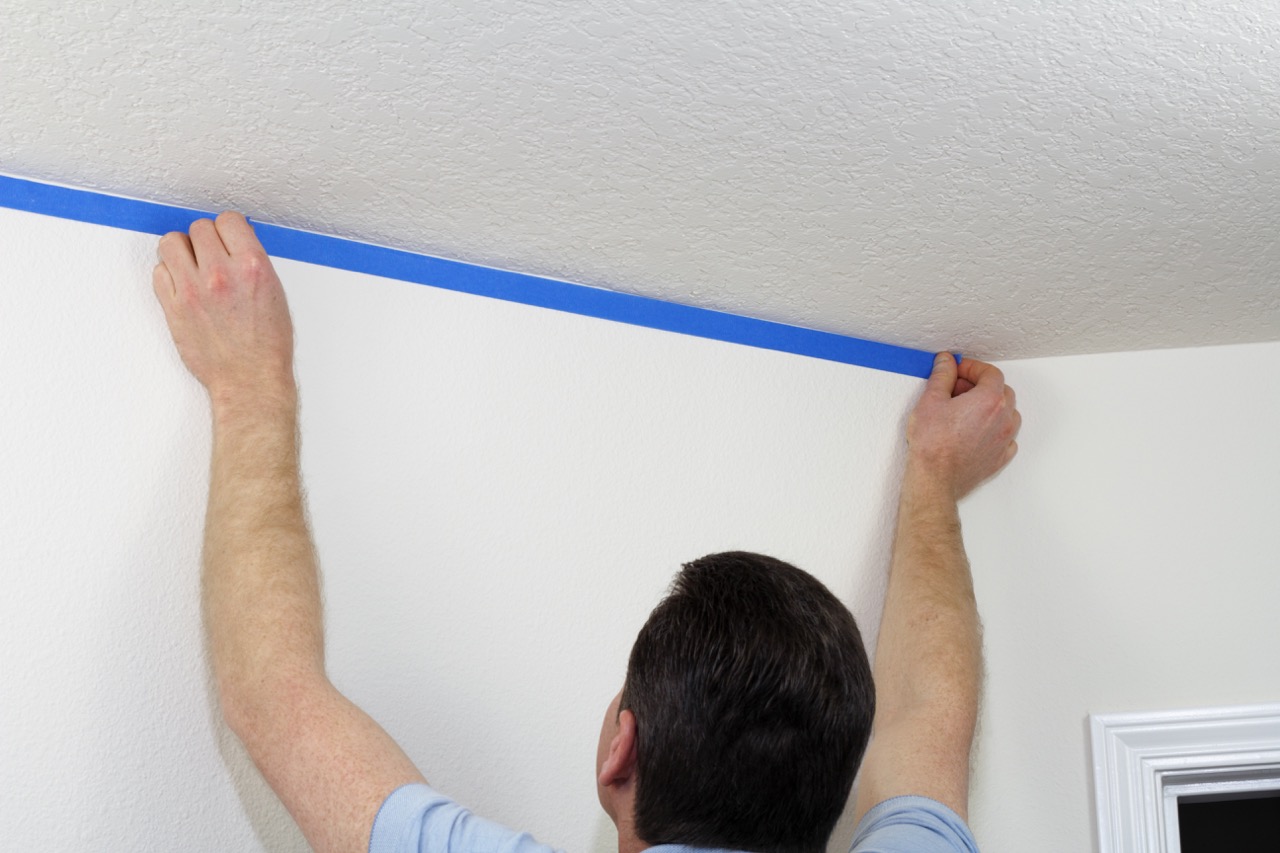
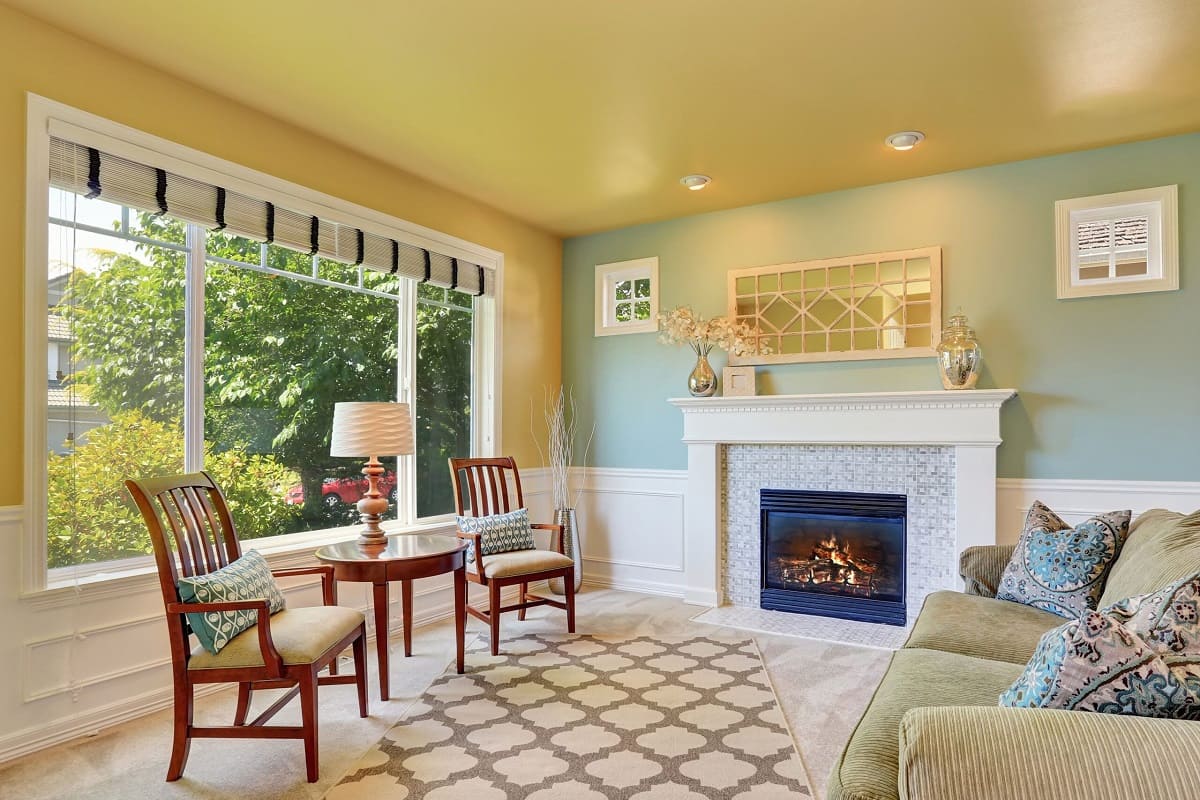


0 thoughts on “What Paint Is Suitable For Your Bathroom Ceiling”